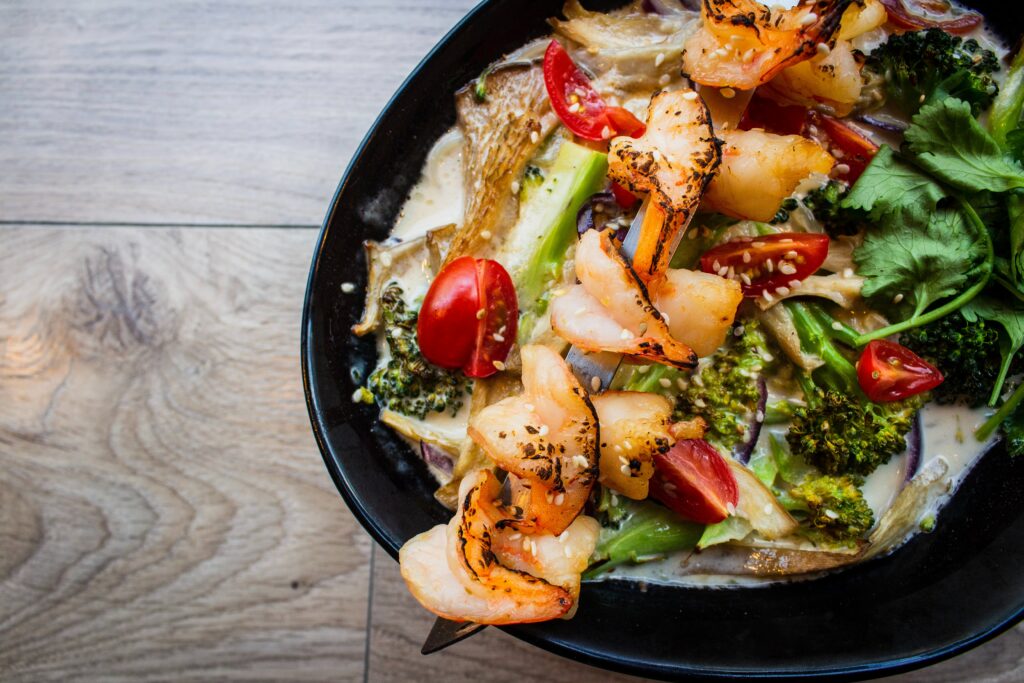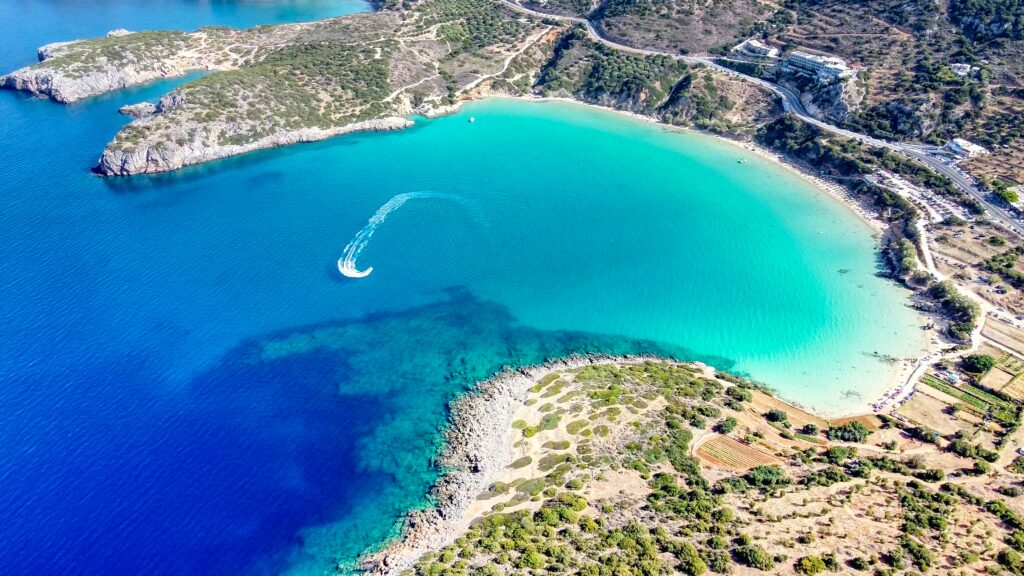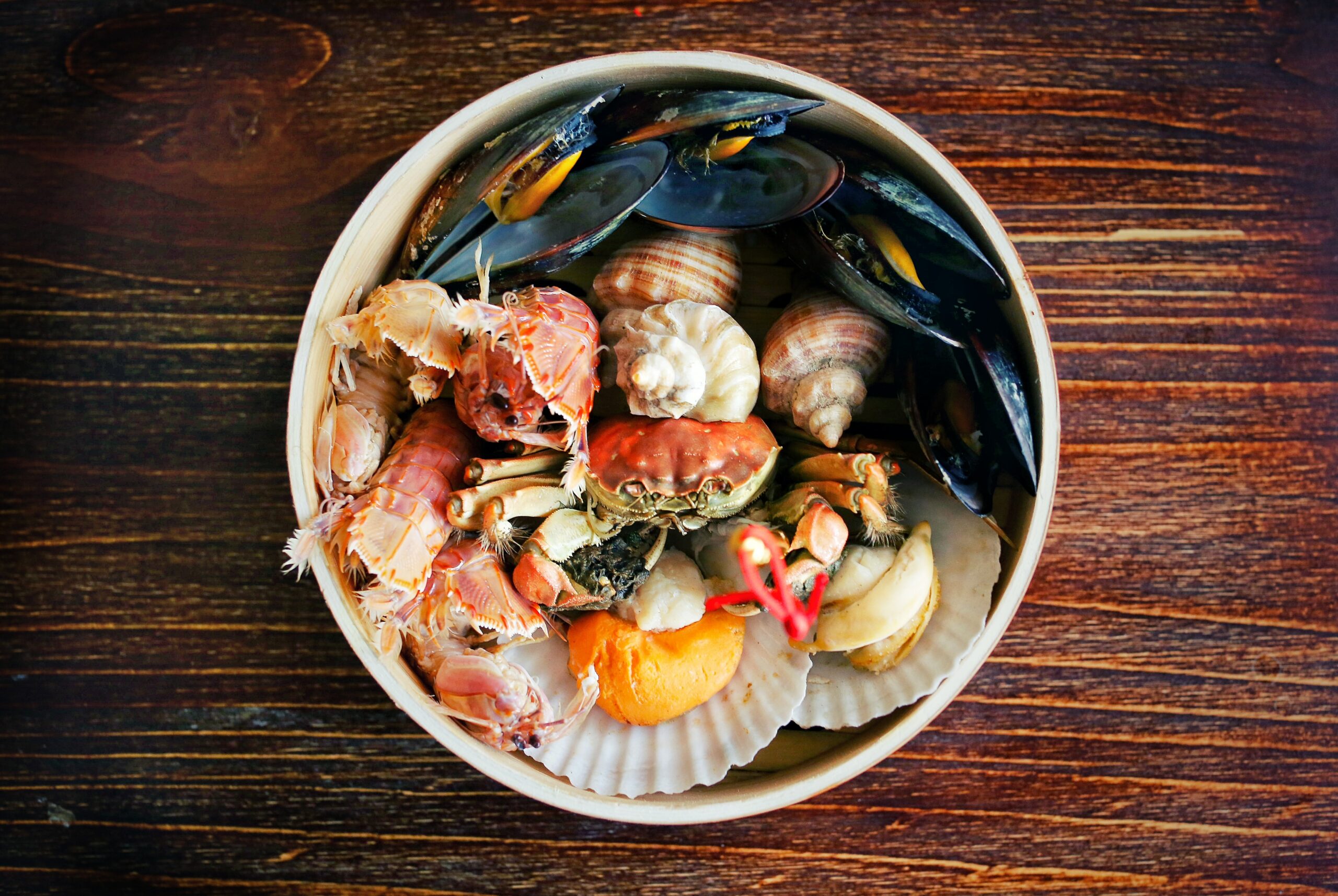Date of the last update: 26.05.2023
The traditional Mediterranean diet is considered one of the healthiest in the world, according to broad studies comparing different cuisines’ nutritional benefits. An extensive study carried out in Lyon by INSERM showed that amongst other health benefits, the Mediterranean diet was remarkably effective in preventing heart attacks.
Table of contents:
- What makes the Mediterranean diet and lifestyle so unique?
- The cornerstones of the Cretan diet
- Cycles and rituals in traditional Cretan lifestyle
You can read this article in 3 minutes.
What makes the Mediterranean diet and lifestyle so unique?
As a Finnish national, after my mother had a heart attack in the 90s I began researching different dietary options that could help her, and in the process I established two restaurants in Finland using recipes with foods that reduced the likelihood of heart attacks, both of which became extremely popular. Despite its healthy principles, people love the taste of Mediterranean food: Mediterranean cuisine is about indulgence, not restriction, and the food is healthy simply by default – there’s no intention of suffering to eat healthily!
The INSERM study concentrated only on nutritional factors, with impressive results. However, the health of people in the Mediterranean is about more than nutrition. By tradition and habit, people in these countries follow the holistic lifestyle that functional medicine encourages, using an engaging and healthily social lifestyle that together with healthy food, addresses the root causes of many diseases naturally, based on ancient traditions.
Since the 90s I have spent plenty of time in Crete in particular, exploring the Mediterranean diet and way of life, and I continue my work there today. In Crete, many people work in agricultural production, which requires plenty of manual activities such as walking through the fields to grow, and walking through the villages to sell. Cretans who follow this lifestyle can easily walk 15,000 steps per day, and in beautiful landscapes! This way of life reduces stress, improves sleep, and maintains a sense of cultural belonging, contributing to stable mental and physical health. These principles can easily be adopted outside of Crete too, as long as we follow the wise, natural principles of the traditional Cretans and functional medicine, living a balanced life of a fulfilling work and life balance. However, these principles are difficult to grasp by going to Crete as a tourist: The real Crete is found in the mountain villages, and the beach areas have been adapted to tourists’ preferences.
As a result of their healthy lifestyle and diet, statistic showed that already in the 60s and 70s Cretans who lived according to these principles (the majority of Crete’s 500,000 inhabitants) had significantly higher longevity rates than many neighbouring countries; the life expectancy for men was over 80 years, and there were hardly any deaths related to coronary disease (only 7 per 100,000). My country – Finland – was part of INSERM’s seven-country comparative study and although the rates have improved since, 300 out of 1,000,000 deaths were due to heart attacks and strokes.
The cornerstones of the Cretan diet

The traditional Cretan diet and the natural way of life approaches the preparation of food as a ritual, as if every meal were a holy communion. This was virtually the only way of approaching food that Cretans knew until the 60s, before tourism started. Today, the influence of foreigners has dramatically changed the lifestyle of Crete’s inhabitants, who now drive around in Jeeps, spend excessive time on social media, and as a result, have minimal time and interest for cooking traditional healthy meals. Until very recently Cretans lived like their ancestors in the Minoan times, and this change towards the Western lifestyle has happened rapidly.
Since 1994 I have studied Cretan food habits, and travelled to almost all the villages of this 250km long island over roughly 100 trips to Crete. I have seen how so many unique traditions have been watered down, or have disappeared completely. However, at the same time I have also witnessed how the tradition of picking wild edible greens has been revived, and is even becoming fashionable.
The recuperation of this wild food tradition has been the objective of my work since the mid 90s, when I was leading an EU-funded project for sustainable tourism in Crete, linking their traditional lifestyle with travelling programmes. I spoke about this topic on Cretan TV, and supported the projects that allowed travellers (not tourists) to have a positive effect on the local culture. Since the mid 90s I have guided 2-4 groups around the island to experience what remains of one of the healthiest diets in the world.
Based on my time spent in Cretan rural areas, below are ten principles of Crete’s traditional lifestyle:
- Live according to seasons: Eating the same food year-round is unheard of for traditional Cretans.
- Cretans value natural foods produced close to home. Many ingredients used come from people’s own gardens and the rest comes from the village butchers (always free range), from the local cheese maker (90% sheep’s milk, 10% goat’s milk, and no cow’s milk), and plenty ingredients are collected in wild rural areas, ranging from wild greens, snails, herbs, spices, fruit, almonds, berries, wild artichokes, garlic, leaks, and grapes.
- Most of the fat in the Cretan diet comes from top-quality extra virgin olive oil, produced using the same methods as thousands of years ago.
- Traditional bread is made of whole grain barley, combined with good quality wheat for consistency. It is customary to grind the grain on the same day as preparing the starter, and then baking it in a fire oven. Large quantities are made at a time, and surplus is baked for a second time, turning leftover pieces into rusks, reducing waste. Butter and margarine are rarely used in the traditional Cretan diet.
- A large quantity and variety of vegetables and leafy greens are used in salads, dips, casseroles, and soups. In Western countries, even the most varied delicatessens don’t have the selection of fresh vegetables as many grandmothers in Crete when they cook for the whole family.
- A big part of Cretan cooking is based on beans, lentils, and peas. These are called Demetria: fruits of mother earth. They are inexpensive yet nutritious, with proteins, soluble fibres, and iron. There are a variety of Cretan dishes made with pulses.
- Meat is not eaten often, but when an animal is slaughtered, all of it is eaten. Bone broth is highly valued, and is sometimes drunk with fresh lemon and olive oil as an ‘energy drink’. The most common meats eaten in Crete are sheep, goat, pork, chicken, and rabbit. Many people keep chickens at home for eggs, and living free range under the olive trees, the yolks are a bright orange colour. Eggs like these are often the first food offered to babies after breastfeeding.
- Crete is surrounded by sea, and a variety of fish, shrimp, octopus, calamari and squid are an important part of the diet. The best fishing is in the winter, so Cretans actually enjoy the top seafood when the tourists are gone!
- One of the most interesting features of Cretan cuisine is horta, wild lush green edible plants. Their main season is from November to April. A traditional Cretan lady is able to recognize 50-100 wild plants and knows multitude of ways of using them in pies, omelettes, casseroles, pots, soups and as such boiled.
- Many Cretans cook over a fire, either in large wood ovens in the garden, open fires built between two bricks by burning wooden sticks, or cooking on stoves with gas flame. Many Cretans don’t like to prepare coffee with water boiled using electricity, and they consider it is not considered good hospitality to offer food prepared this way. Fire is the most ancient way of cooking, and is inevitably the best way to achieve excellent flavour.
Cretan people often bless the food before eating, or even bless the water before using it to make dough. Some Cretan women avoid using chopping boards as they are considered too ‘harsh’ on the vegetables.
In the traditional Cretal lifestyle, the most important part of the food culture is for many people to eat together, on one long table, slowly. People are fully present during mealtimes, and phones are certainly not used. At lunchtime, people often drink a glass or two of traditional homemade wine. The wine allows a deeper rest, as after lunch people typically have a rest of 30-45 minutes, lowering stress levels low.
On our group trips to Crete we follow these rhythms of the day, and people especially appreciate the restorative time in the olive groves or 1,000-year-old hermit chapels.
Cycles and rituals in traditional Cretan lifestyle

The longevity of Cretans and the inhabitants of other Greek islands makes total sense, and yet it relies on many things that slowly began to fall away as these regions became ‘civilised’. In my experience, it is a case of gradual ‘lost wisdom’.* Abandoning the traditional island lifestyle in favour of the habits that globalisation brought to the villagers is starting to bring them the same health troubles that are plaguing Western countries: obesity, diabetes, cancers, coronary illnesses, and dementia, amongst others.
One element of the wisdom of the Cretan diet that all of us can adopt is to follow the seasons, and to appreciate what the soil, the plants and the elements in our region offer us at different times of the year, rather than eating the same dishes all year round. Nature knows what people in each corner of the world need to eat at each month of the year – the cycle of the year is genius, and we must pay it attention!
Despite the gradual adoption of Western lifestyle habits, traditional Cretans still eat abundant seasonal food. In the autumn and winter it’s nature’s time for wild edible greens, mushrooms, snails, sea food, and plenty more. Come spring, many garden plants flourish such as zucchinis (even the flowers are used!), cucumbers, lettuce, kale, broad beans, and even wine leaves are used for dolmades. One can also find wild artichokes, garlic and herbs throughout this season. In the heat of summer, fleshy tomatoes, aubergines and watermelons are abundant, whilst the pumpkins and grapes get ready for autumn. September is a glorious time to harvest fruits, berries and nuts. Figs, pomegranates, oranges, mandarines, avocados, prickly pears, plums, crataegus berries, brambles, walnuts, almonds, pistachios and quinces – it seems there is no end!
However, possibly Crete’s holiest crop is ripe from November to January: the fruit from the island’s 5 million olive trees. Olive is an endemic tree in this subtropical climate, and olive trees are found in plenty native stories and legends. The quality of Cretan olive oil, carefully pressed from a special brand of olives, is amongst the best in the world. This oil has been a foundation of good health for thousands of years, and it is still Crete’s number one export product.
The cycles of nature and movements of the sun also connect village tribes to their ancestors and to each other. Seasonal rituals have united people and their cultures for thousands of years, and I strongly believe that they should be revived everywhere. For example, the equinox is an opportunity to bring everyone on Earth together, some of us in spring, and others in autumn, on the same day.
Celebrating important days that mark the seasons have been the inspiration behind pilgrimages to holy places, and rituals to commune with the gods of each culture. In Crete, Easter has perhaps been the most important day of celebration, even before the arrival of Christianity. 4,000 years ago, the celebrations took place to show gratitude to Mother Earth at this time of year.
*How this holistic lifestyle connects to longevity in many parts of the world is well described in the Blue Zones Power-9 principles.

